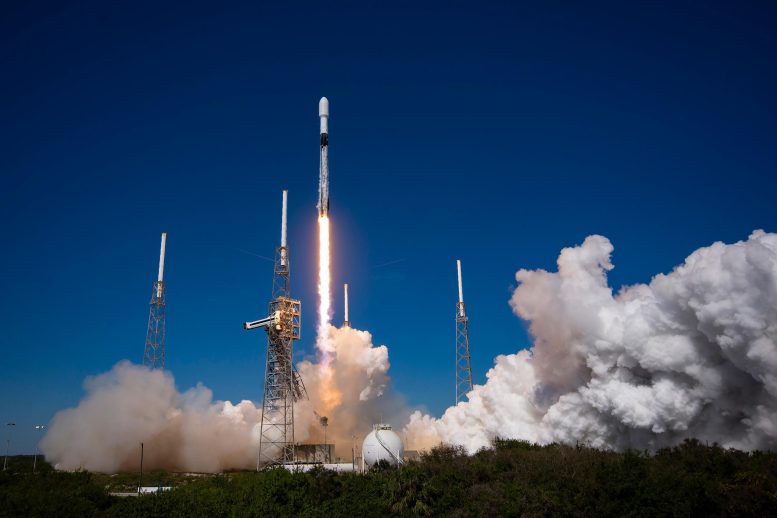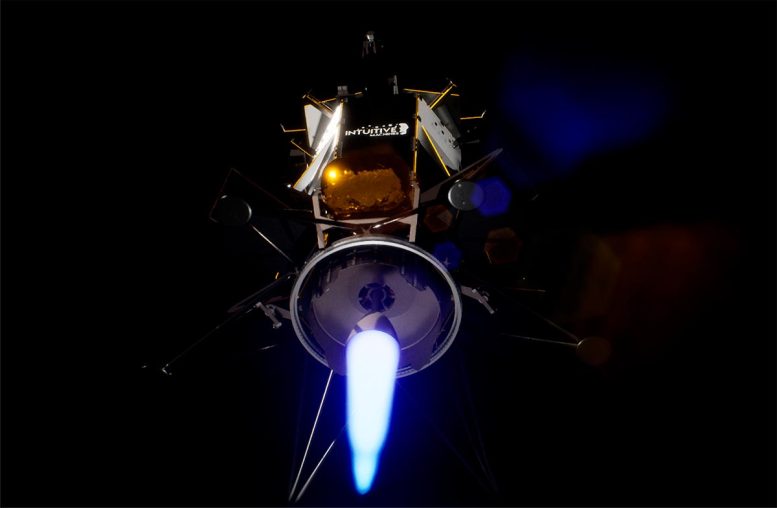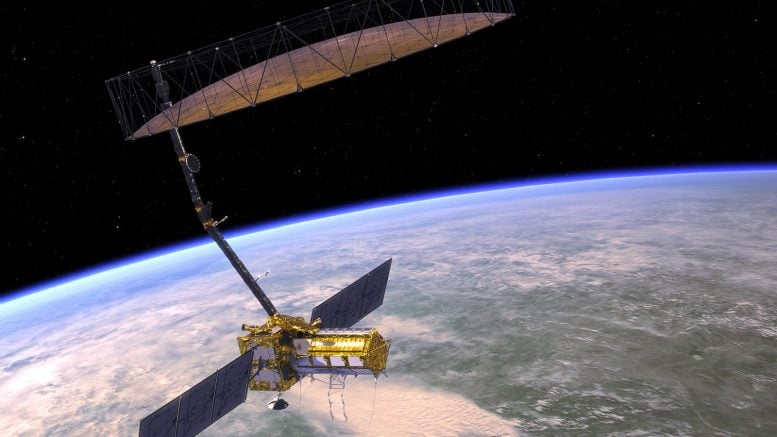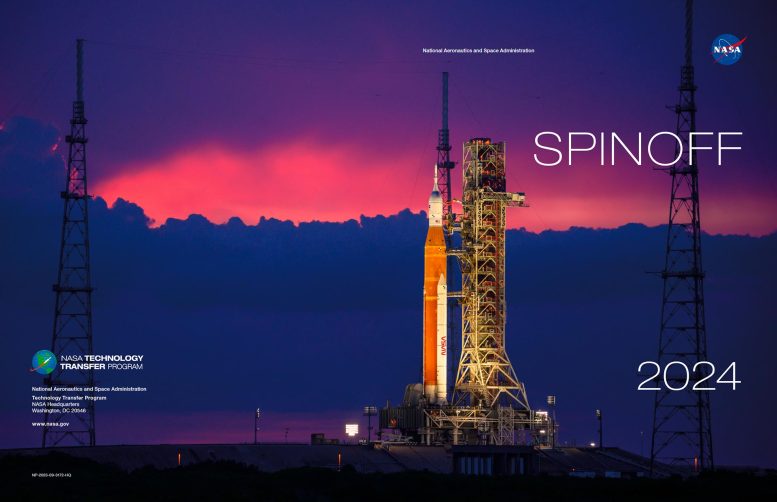
A successful liftoff from Space Launch Complex 40 at Cape Canaveral Space Force Station in Florida as Northrop Grumman’s Cygnus spacecraft, atop a SpaceX Falcon 9 rocket, heads to the International Space Station for the 20th Northrop Grumman resupply mission on January 30, 2024. The spacecraft docked to the space station on February 1, 2024, bringing 8,200 pounds of science investigations, supplies, and equipment for the international crew. Credit: SpaceX
A commercial resupply mission to the space station…
Preparing to make a delivery to the Moon…
And monitoring our changing Earth from space…
A few of the stories to tell you about – This Week at NASA!
Commercial Resupply Mission to the Space Station
On January 30, a Northrop Grumman Cygnus cargo spacecraft launched to the International Space Station atop a SpaceX Falcon 9 rocket from Cape Canaveral Space Force Station. Two days later, the Cygnus, loaded with 8,200 pounds of scientific investigations and cargo, safely arrived at the station.
This is Northrop Grumman’s 20th commercial resupply services mission to the space station for NASA.

Intuitive Machines’ Nova-C lander, shown in this artist’s rendering, uses a liquid methane propulsion system, one of a handful of similarities between this commercial lunar lander and the experimental Morpheus lander that several of the company’s engineers helped build when they worked for NASA. Credit: Intuitive Machines LLC
Delivering Science and Technology to the Moon
NASA partner, Intuitive Machines will use the company’s Nova-C lunar lander to carry a variety of NASA science and technology demonstrations to the Moon’s South Pole region for the benefit of all. The IM-1 mission, which is part of our CLPS initiative and Artemis campaign, is targeted for launch from our Kennedy Space Center during a multi-day launch window, which opens no earlier than mid-February.

The NASA-ISRO SAR (NISAR) Mission will measure Earth’s changing ecosystems, dynamic surfaces, and ice masses providing information about biomass, natural hazards, sea level rise, and groundwater, and will support a host of other applications. Credit: JPL/NASA
Tracking’s Earth’s Changes From Space
The NISAR Earth-observing satellite mission is a joint effort between NASA and the Indian Space Research Organisation that will deepen our understanding of deforestation, shrinking glaciers and sea ice loss, natural hazards, climate change, and other global vital signs. The satellite’s advanced radar system will monitor motions of the planet’s surface down to fractions of an inch, along with changes in other characteristics.
NISAR is expected to launch from India in early 2024.

The 2024 Spinoff book highlights NASA’s role in developing technologies for space that have transformative applications on Earth, including in healthcare, transportation, and renewable energy, underlining the agency’s contribution to societal advancement and economic development. Credit: NASA
NASA’s 2024 Spinoff Publication
NASA’s 2024 Spinoff publication features many commercialized technologies that use NASA research and development expertise to impact everyday lives. From “squishy” robots that can be sent into dangerous situations before first responders, to aircraft-routing technology that enables increased fuel efficiency and smoother flights, to medical technologies for diagnosing illnesses like the coronavirus, hepatitis, and cancer.
Learn more at spinoff.nasa.gov.
That’s what’s up this week @NASA.









Be the first to comment on "This Week @NASA: Delivering Technology to the Moon With Nova-C Lunar Lander, NISAR Satellite, ISS Resupply"